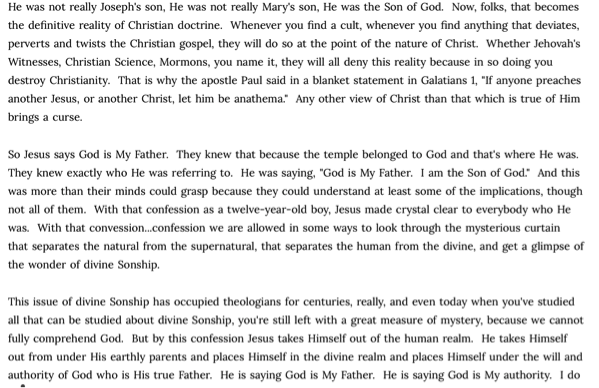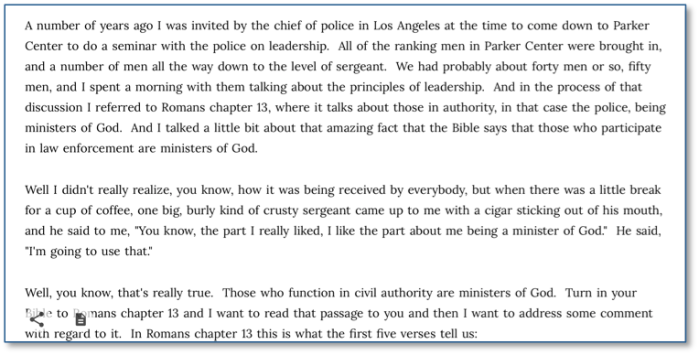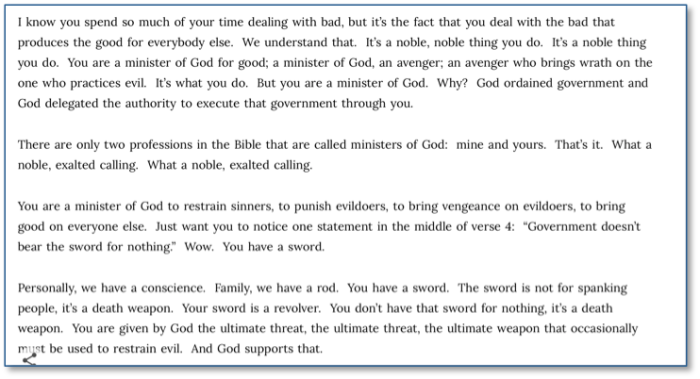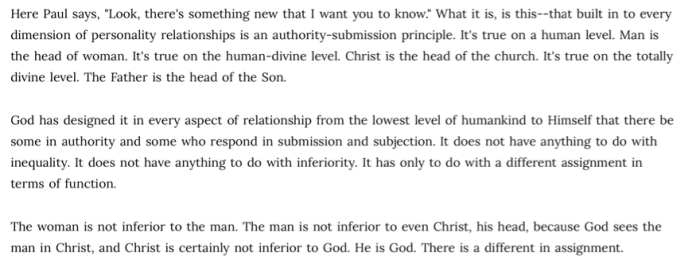Recovering from a natural disaster can be as disorienting as the experience itself. Once the earth has stopped shaking or the flames have stopped burning, you can’t rebuild right away. First, you have to assess the damage. You have to decide what’s worth keeping and what’s beyond salvage. You clear away debris. Things you previously took for granted you embrace with renewed gratitude when you find them still intact.
Even as the infrastructures you’re used to depending on to enable the ordinary things of life are themselves broken, you still have to keep going. Meals still have to be made. Kids still have to go to school. Work still has to be done.
So you forge new paths to those ordinary things – new routes to school, new routines at home, new ways of getting food to the table. And it’s precisely in this season of clearing and navigating, of doing ordinary things in new ways and through different means, that the ideas for what and how to rebuild are born.
The last three months have been a time of spiritual and circumstantial clearing for me – of prayerfully working through the brokenness in my different circumstances, and asking God for wisdom and discernment about how to work through them – to salvage what can and should be salvaged, to clear away what’s broken, and as I work, to prayerfully seek God’s will about what He wants me to do next.
And as I worked and prayed, God lead me into a sudden collection of wonderful new experiences, including:
- Several weeks ago, the medical device company that designed the spinal tethering system that helped my middle daughter essentially beat aggressive adolescent idiopathic scoliosis invited my daughter, her surgeon and me to speak at their quarterly all-hands employee meeting. The company is several years through the expensive and arduous process of receiving full FDA approval for the procedure, with several more years to go. Morale inside the company has been flagging. They wanted their employees to see what, or rather whom, their hard work is designed to benefit.
I’ve designed and managed these kinds of strategic meetings in a professional capacity for years. So it was a providence and privilege of immeasurable size to be able to put that experience to work with my daughter to craft the right kind of presentation to encourage everyone in the way the executive team hoped. I hadn’t had the opportunity to do that kind of work in quite a while.
God graciously blessed our efforts. We received so many kind words and emails about the impact our speeches had. And it was a profound blessing to see God take what at the time was an intense trial and use it for so much good for others. - Barely 24 hours after we returned home, I turned around and flew out to Louisville, KY to Southern Baptist Theological Seminary to participate in the Commonweal Project. A joint venture of SBTS and the Kern Family Foundation, the Commonweal Project was founded to promote study and conversation about the topic of human flourishing from a variety of different angles, with a Christian worldview as their unifying center. A collection of Christian scholars presented papers on the perspectives of various influential men and women throughout church history on a variety of topics related to God’s design for human flourishing. Some I’d heard of, like Anselm, Aquinas and Hannah More. Others were new to me, like Jacob Comenius. And still others, like Abraham Kuyper, had aspects to their spiritual and academic journey I’d not been taught. It was two and a half days of deep thinking and conversation with like-minded scholars and professors about the history of Christian thinking about what the fulfillment of the creation mandate actually looks like in day to day life. It was glorious.
- Parallel to the planning of both of these trips, an internet friend who has done far more writing, thinking and speaking on these topics than I reached out to me because he happened to be in my town Sunday for a speaking engagement. The day after I returned from the Commonweal Project, my friend and I enjoyed a three-hour lunch together, along with my family and my pastor, turning the topics of faith, work, technology, gender, and the imago dei over for three straight hours. It was glorious.
- The following day, a project that I’ve been a small, private part of building for well over year finally went public. To quote from our mission statement, The Pelican Project is “ a group of Christian women who seek to advance a shared commitment to orthodox belief and practice across cultural, denominational, and racial lines. We desire to amplify the voice and presence of orthodox belief and practice in the church and the public square by fostering commitment to the common life of the church.”
In the middle of this rather sudden convergence of opportunities and events, I began interviewing with a small but fast-growing software company about a full-time time position with their sales organization. My professional life has been one of more valleys and deserts than mountain peaks and still waters in recent years, which is part of the reason I’ve had both the time and the passion to think and write about the topics I do. I was nervous about returning to full time work. But I was excited about the potential of being able to join a tech startup where I could essentially be given a kind of working lab to live out all of the thinkings of things I’ve been thinking for the last few years. The question was whether they were as equally excited about making me an offer.
The offer came as I sat in the final session of the Commonweal project. The back and forth negotiation happened in the airport as I flew home. The final “yes” hit my inbox not half an hour after my friend and pastor and I said our goodbyes after our Sunday lunch. I signed the final paperwork the day the Pelican Project launched. My first day on the job was the very next day.
That was just over 6 weeks ago. It’s been a bit of a whirlwind, as most Silicon Valley startup jobs tend to be. But I’ve had almost daily confirmations that this work at this company is what God has been preparing me for through all of the different trials and tribulations of the last few years.
Being at this new company has reinforced a lesson has God has impressed upon me in the last several years in multiple ways – that there is no more essential witness to my faith I could have at my new workplace than to simply do excellent work with an excellent attitude. Doing so is going to require a tremendous amount of focus and discipline – I still have a physical and spiritual family to care for and a home to keep running. With social media being pretty much the antithesis to both focus and discipline, blogging and Twittering is going to be pushed to the outer edges of my time for a while, if not eliminated all together. It’s a frustrating irony that just as God puts me in a context where I can begin to put into practice all of my thinking about Christian men and women working alongside each other in the world, I’ll have much less time to write about it. At the same time, I’m praying that once I’ve gotten into a good work rhythm, I’ll be able to carve out a few hours of focussed effort each week to write about how God is working in and through me in my new work, potentially through different, more formal channels than before.
Few who live through the losses of a natural disaster are able to look at what is built afresh and say that the losses that preceded the rebuilding were an unmitigated blessing. Loss is still loss. At the same time, as we look at what God has enabled us to build in the place of what was broken, we can see how God really does restore the years that the locust has eaten, and praise the name of the LORD our God who has done wondrously with us. (Joel 2:25-26)
















